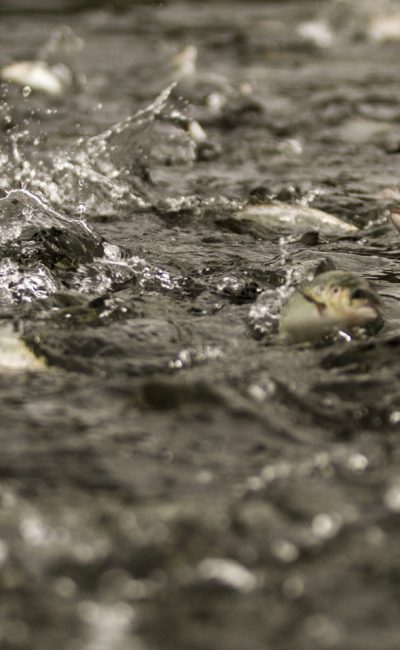
The UN estimates that the world population will reach nine billion by 2030. According to FAO, maintaining present levels of per-capita consumption of marine food products will require growing the current 48-million ton harvest by a further 37 million tons. As traditional fisheries are already producing at capacity, aquaculture stands as the only option to meet this need.
Based on feed conversion, edible portion, carbon footprint and energy retention benchmarks, salmon stands among the world’s most efficient sources of animal protein.
Carbon Footprint
Greenhouse gas emissions directly or indirectly caused by production activities, expressed as the carbon dioxide equivalent per kg of edible product (kg/CO 2 e).
Retention of Energy
A product’s ability to retain the energy contained in food, expressed as a percentage.
Edible Portion
The part of the total weight of an animal that is typically eaten, expressed as a percentage.
Feed Conversion Rate (FCR)
The quantity of kg of feed required to increase the weight of a live animal by 1 kg.
As a major source of Omega 3 fatty acids, salmon helps reduce: